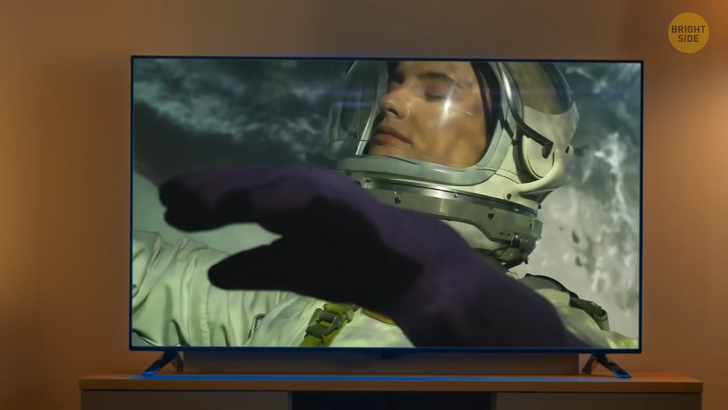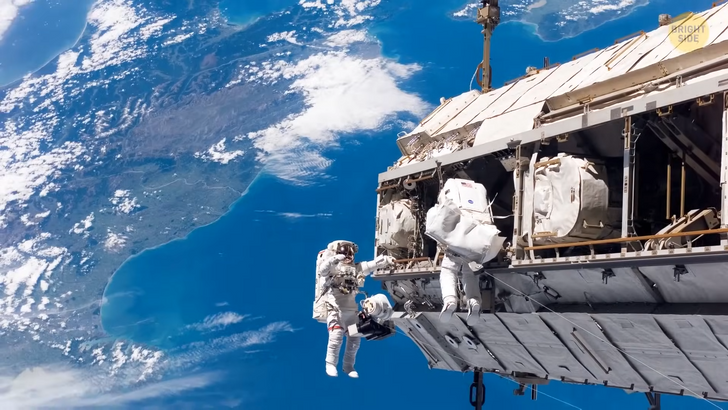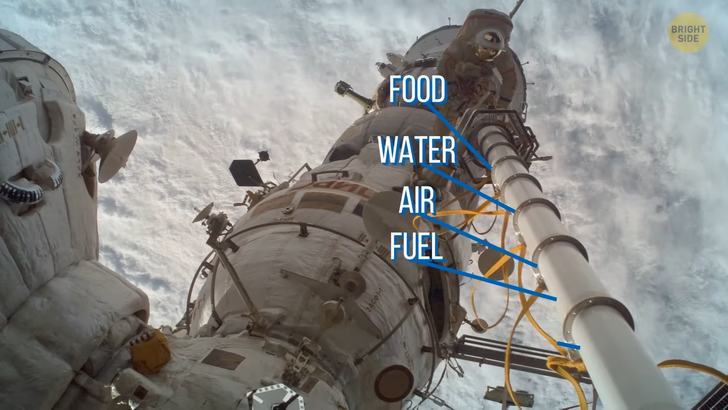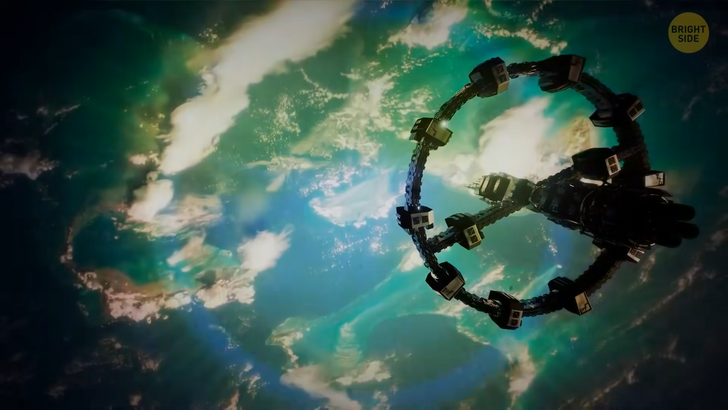14 True Stories That Remind Us Life Is Full of Suprises and Magical Twists

“We interrupt this program to bring you this important message — the Earth is no longer fit for living, so you’ll need to find your own new home.” You immediately get the brilliant idea to apply for a job as an astronaut. You’ll be able to wait over the hustle and bustle on the International Space Station until humanity finds a new home, right?

The longest time a human has spent in space so far is four hundred thirty-seven days and a few extra hours. And when I say in space, I mean the ISS because a human being without the proper equipment in open space would only last a few seconds. The ISS is designed to support human life in space for extended periods of time. Extended, but not endless. The station gets resupplied with food, water, air, fuel, scientific equipment, and other necessities every three months. With no Earth or humans to send the mission, this lifeline will soon be broken.
The station is a huge ship moving through space at over seventeen thousand miles per hour. It faces pretty harsh conditions, from radiation to micrometeoroids and huge temperature ups and downs. That’s why the system regularly needs patching up. In addition to wear and tear, there are also unexpected events that can require resupply missions. In twenty-twenty, the crew discovered a leak that was causing a gradual loss of air pressure. They eventually found cracks in one of the modules. The crew managed to fix it, but it proves how important it is to have enough spare parts on board.

Let’s say the future humans will manage to find a way to run the station non-stop without re-stocking. Astronauts already grow plants in space in closed boxes with low-energy LED lights. It’s not only a source of vitamins without which humans can’t survive, but a great mood-booster.
We’d also need more advanced closed-loop life support systems to recycle air and water efficiently. It’s a system that captures carbon dioxide from the air by passing it through small beads. Then, it uses steam to separate the carbon dioxide and transform it into methane and water. Water then divides back into oxygen.

But even with all the possible advances, there’s another problem: the health of the astronauts. They live and work in a microgravity environment, and they rely on carefully controlled life support systems. But our bodies aren’t designed to live in weightlessness forever. It’s like standing on your head because the reduced gravity makes bodily fluids accumulate in the upper parts of your body. The result is a puffy, red face.
The gravitational force on the ISS is weaker than on Earth, so muscles don’t have to work as hard, and bones gradually lose their density. That’s why each crew member follows a strict daily exercise routine. The heart muscle also weakens because it doesn’t have to use as much effort to circulate blood throughout the body.

Without Earth’s protective atmosphere, astronauts are continuously exposed to cosmic rays. They are invisible waves that can cause some serious health issues. So maybe we are better off opting for Mars or the Moon for an alternative home?











